에드몬드옵틱스는 당사 웹사이트의 기능과 콘텐츠를 최적화하고 개선하기 위해 쿠키를 사용합니다.‘OK’ 버튼을 클릭하면 전체 쿠키 정책에 동의하게 되며,‘세부 정보 표시’ 버튼을 클릭하면 더 자세한 정보를 확인할 수 있습니다.당사는 수집된 쿠키를 통해 제공되는 정보를 판매하지 않으며 해당 정보는 사용자 경험을 개선하는 용도로만 사용됩니다.
- 필요한 쿠키는 페이지 탐색과 같은 기본 기능을 활성화하여 사용할 수 있는 웹사이트를 만들고 해당 웹사이트 영역을 안전하게 액세스하도록 돕습니다. 이 웹사이트는 이러한 쿠키없이 적절하게 작동할 수 없습니다.
- Cloudflare1이 공급자에 대해 자세히 알아보기__cf_bmThis cookie is used to distinguish between humans and bots. This is beneficial for the website, in order to make valid reports on the use of their website.
- www.edmundoptics.co.kr1CookieConsentStores the user's cookie consent state for the current domain
- Cloudflare
- 선호하는 쿠키는 웹사이트가 귀하가 선호하는 언어나 귀하가 사는 지역과 같이, 행동하고 보이는 방법을 변경하는 정보를 기억하도록 웹사이트를 활성화합니다.
이 유형의 쿠키를 사용하지 않음
- 통계 쿠키는 익명으로 정보를 수집하고 보고하여 방문자가 웹사이트로 상호 작용하는 방법을 이해하도록 웹사이트 소유자를 돕습니다.
이 유형의 쿠키를 사용하지 않음
- 마케팅 쿠키는 웹사이트에 걸쳐 방문자를 추적하기 위해 사용됩니다. 이 의도는 개인 사용자와 관련되어 있고 연계되어 있으며 게시자와 타사 업체 광고주를 위해 더 관심이 있는 광고를 표시하는 것입니다.
이 유형의 쿠키를 사용하지 않음
- 분류되지 않은 쿠키는 개별 쿠키의 제공 업체와 함께 분류 중인 절차에 있는 쿠키들입니다.
이 유형의 쿠키를 사용하지 않음
이 사이트 작업에 대해 엄격하게 할 필요한 경우, 법으로 장치에 쿠키를 저장할 수 있도록 명시합니다. 모든 기타 유형의 쿠키의 경우, 귀하의 허가가 필요합니다.
이 사이트는 다른 유형의 쿠키를 사용합니다. 일부 쿠키는 저희 페이지에 표시된 타사 업체 서비스에 의해 배치됩니다.
언제든지 웹사이트의 쿠키 선언 란에서 동의 여부를 변경하거나 철회할 수 있습니다.
어떤 회사이며 어떻게 연락해야 하는지, 개인정보보호방침에 따라 어떻게 개인 정보를 처리하는지에 대해 알아보세요. 동의 사항에 관해 문의하실 때 귀하의 동의 ID를 말씀해 주십시오.














 EO Spec Sheet
EO Spec Sheet




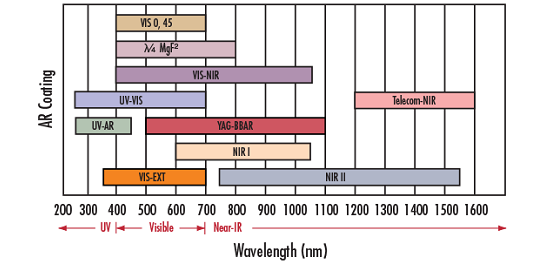






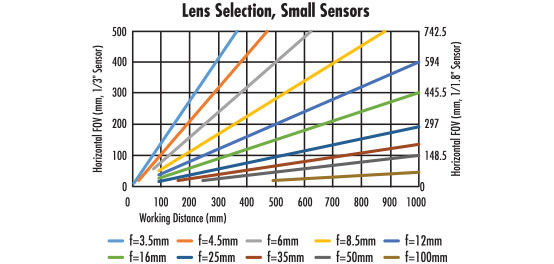





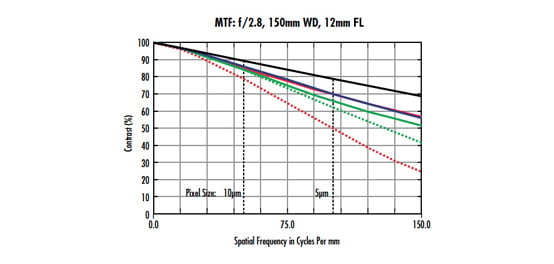











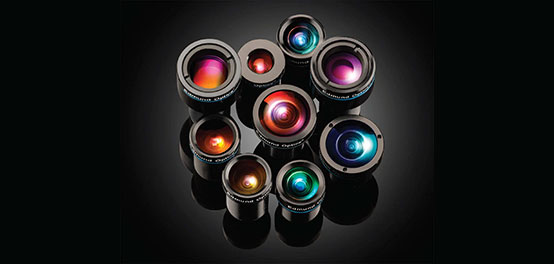






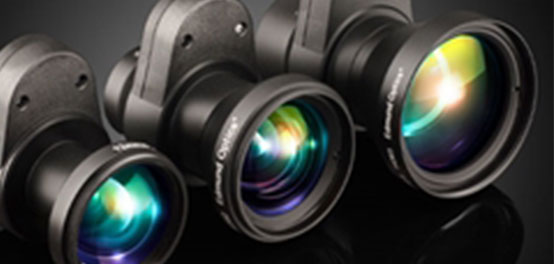











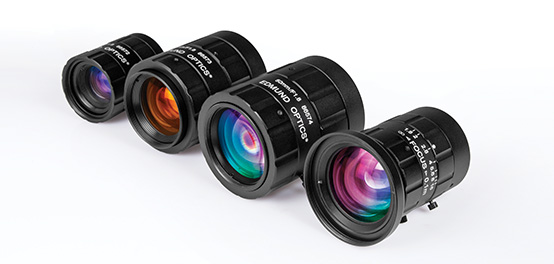













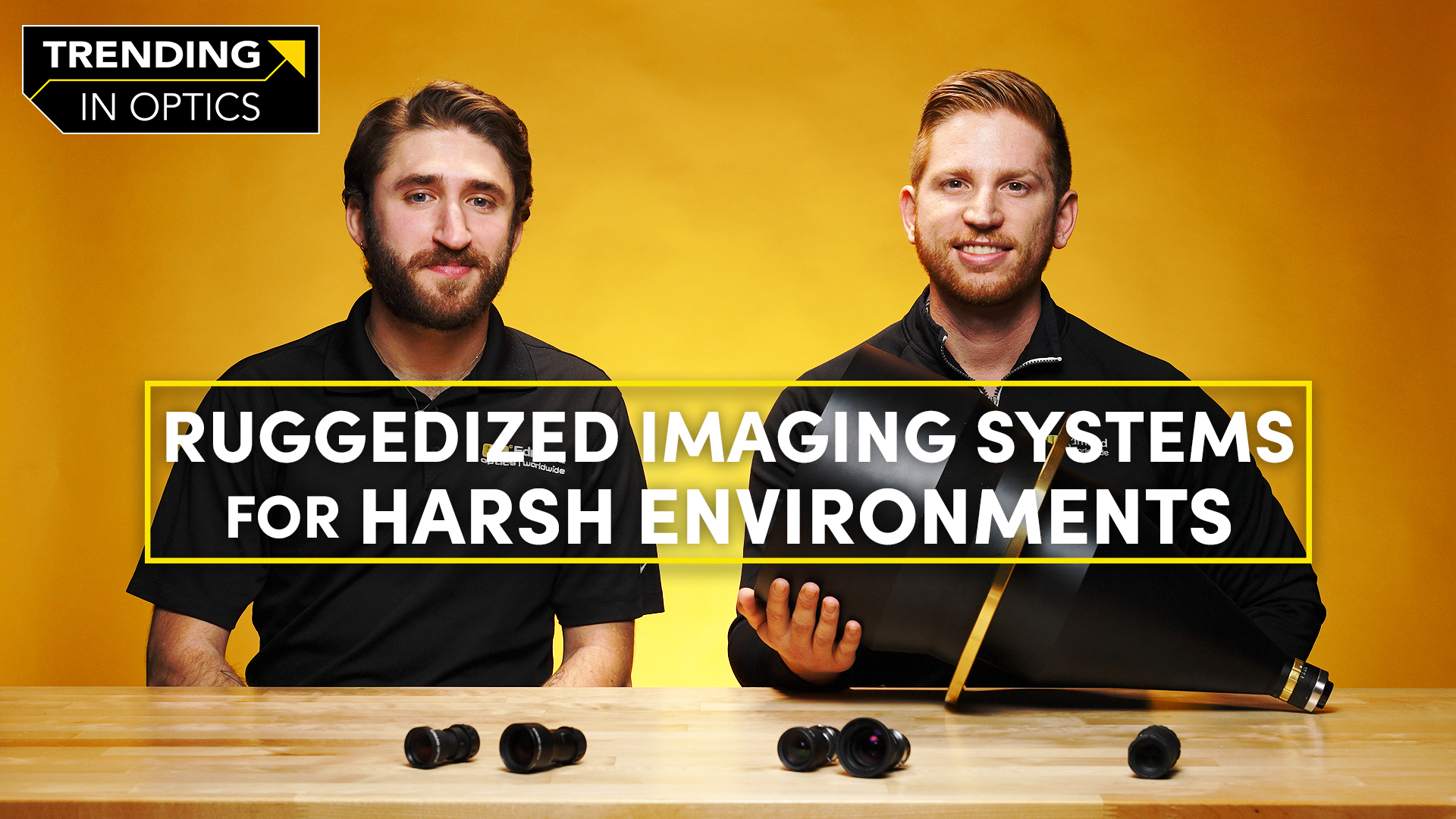

























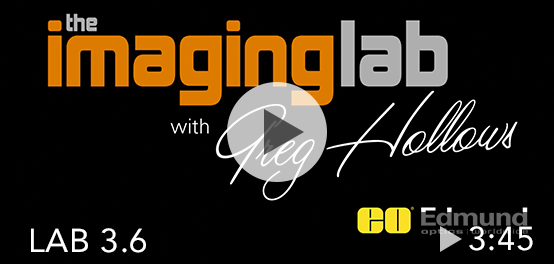










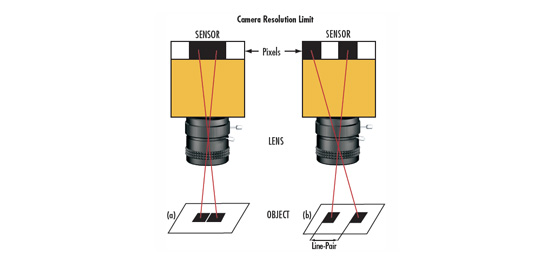















본사 및 지사별 연락처 확인하기
견적 요청 도구
재고 번호 입력 필요
Copyright 2023, 에드몬드옵틱스코리아 사업자 등록번호: 110-81-74657 | 대표이사: 앙텍하우 | 통신판매업 신고번호: 제 2022-서울마포-0965호, 서울특별시 마포구 월드컵북로 21, 7층 (서교동, 풍성빌딩)